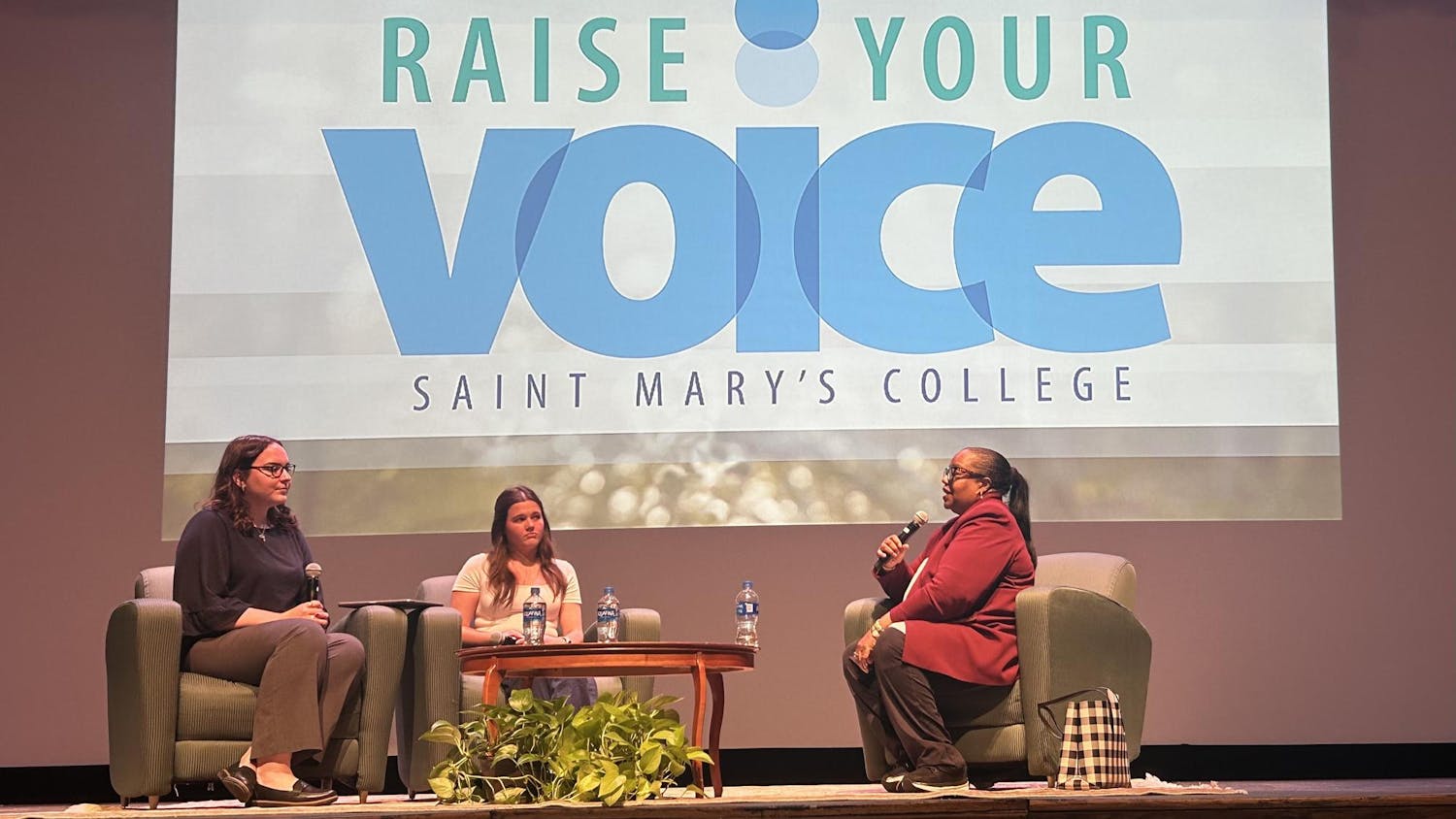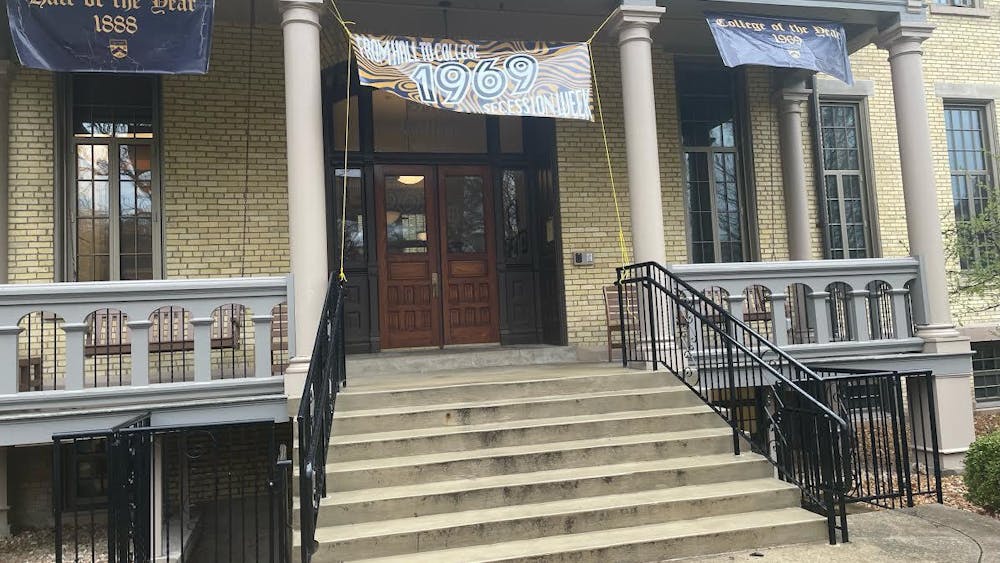
Editor’s note: This is the sixth day in a series on disability at Notre Dame and Saint Mary’s. Today’s story focuses on the resources available for faculty and staff with disabilities at the University.
While students with disabilities rely on the Sara Bea Center for Students with Disabilities for accommodations, University employees with disabilities look to the Office of Institutional Equity for resources.
Monique Frazier, the Americans with Disabilities Act (ADA) program manager, said she joined the office in 2014.
“My main role is to work with faculty and staff and their department and physician in a collaborative, interactive process, in which we find workplace accommodations that will help them complete the essential functions of their job,” she said.
Faculty and staff must self-identify as disabled to receive accommodations, Frazier said, so the burden is initially on the faculty member to begin the process of requesting accommodations.
“They can initiate that when they first start, they can initiate it three years down the line. They can initiate it at any time,” she said. “After they have initiated that process, the burden is then going to be on the University, the supervisor, the chair of that department to provide the resources and initiate that interactive process.”
The accommodations available to faculty and staff vary widely, “depending on their medical condition and the type of work they do,” Frazier said.
“I work really closely with their physician to get documentation to confirm their disability and to seek recommendations seeing what would be best regarding the accommodations in place,” she said. “If we need to make changes regarding their schedule, sometimes they might work in the morning and we change their position to an evening position, just based on their medical condition.”
Frazier said the office works with the office of Risk Management and Safety to do ergonomic assessments of workspaces.
“If there’s any workplace equipment that they might need, if they need a certain type of software — say if it’s for visual disability — we provide larger screens, we provide different chairs if it’s for back issues,” she said.
Available accommodations include changes of lighting, for faculty and staff who have migraine conditions or light sensitivity, Frazier said, and employees with diabetes could receive extra breaks to perform insulin checks or have snacks.
While the office is not able to provide the exact number of employees who have self-disclosed a disability to the University, Frazier said including any temporary faculty and staff members, the number is fewer than five percent of all active employees.
“It’s a very small number, just based on the fact that it’s self-disclosure, so obviously if it were required it would be a lot higher number,” she said.













